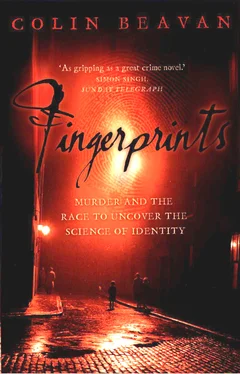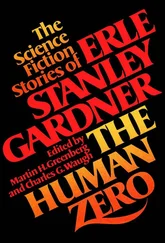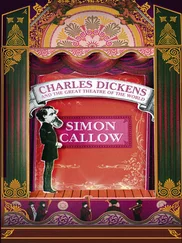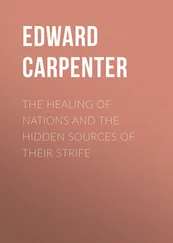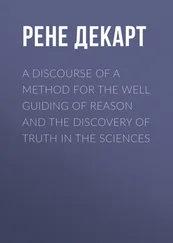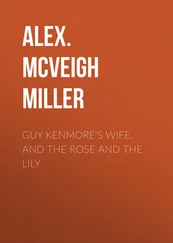There were back steps, however, and a new injustice sneaked into the courtroom on the heels of the new evidence: Only the prosecution could call for testimony. Though the defendant could question witnesses rallied against him, he couldn’t call his own witnesses or speak in his own behalf. The accused, if he were allowed on the stand, the rationale went, would lie to save his skin. He would then be condemned to hell for breaking the oath of the witness. Refusing the defendant his day in court, therefore, was a supposedly compassionate means of saving his soul.
With no way to answer charges, the accused was left vulnerable to exaggeration and outright lies. As a safeguard, in serious cases like treason or murder, a judge could not consider the yammerings of a prosecution witness unless another witness confirmed them—if only one witness for the prosecution came forward, then the defendant went free. The bad news for the person in the dock was that if the prosecution could find two witnesses telling the same story, his conviction was automatic, regardless of the judge’s personal opinion.
Since incredible weight rested on a witness’s testimony, the penalties for perjury were steep—if a liar got caught. But the defendant’s only protection from the clever perjurer was the oath of the witness. Breaking it condemned the witness’s soul to hell-fire. A sixteenth-century English legal handbook, The Country Justice , advised judges that the way to squeeze the truth out of witnesses was to frighten them with threats of damnation.
But fear of damnation had no power over some witnesses, particularly if, for example, they were religious zealots championing their faith. After Henry VIII separated the English church from Rome, the struggle between the Catholic and Protestant powers often erupted in plots and scandals that ended in the courtroom. Witnesses in this struggle didn’t give a second thought to their oath to tell the truth. In their religious fervor, some, such as the Anglican priest Titus Oates, didn’t even mind if their outlandish courtroom lies ended with the death of innocents.
By the time he was twenty-five, Oates, a Baptist preacher’s son, had been imprisoned for perjury and dismissed from his post as a navy chaplain. In 1677, under the influence of a fanatically anti-Catholic acquaintance named Israel Tonge, he made a false conversion to Catholicism and became a spy against the Roman church. After being expelled from seminaries in both France and Spain, the following year, he rejoined Tonge in London, where the pair used what Oates had learned to concoct a false account of a vast Jesuit conspiracy to overthrow King Charles II.
Oates swore out the fabricated details of the plot before a prominent London magistrate, Sir Edmund Berry Godfrey. The thirty-nine eldest Jesuits, Oates told Godfrey, had secretly met in London in April 1678 to coordinate their plan to assassinate the King and bring to power his Roman Catholic brother, the Duke of York (later King James II). Their plan, according to Oates, included the rising up of Catholics, the general massacre of Protestants, the burning of London, the invasion of Ireland by the French army, and an uprising against the Prince of Orange in Holland.
After the magistrate Godfrey publicized the story, Oates was granted an audience before the King and his council to recount his allegations. They considered his story preposterous. Not long after, Godfrey was found dead with a short sword piercing his heart. Had he, like his father before him, committed suicide, or had he been murdered by Catholics to silence him? History has never solved the mystery, but the investigating coroner decided murder, and Oates’s incredible Popish Plot suddenly had a killing to give it substance.
The capital and the nation went mad with hatred and fear. Justices everywhere searched house by house for papers confirming the plot. The jails swelled with papists. Oates was hailed as the country’s savior. In November 1678, he began testifying in court, coldly pointing a finger of death at the Catholics he accused of treason. Eventually, the furor died down, Oates’s prevarications were exposed, and he was convicted of perjury. He was pilloried, flogged, and imprisoned. But by that point, purely on the strength of his word, thirty-five innocent men had already gone to the gallows.
Two things missing from the judicial system allowed this incredible miscarriage of justice. One was the right of defendants to call their own witnesses to contradict the testimony against them. The other was what is now called physical or objective evidence—physical objects related to a case—that today often serves to confirm or contradict witness testimony. If they had been known, one type of physical evidence, fingerprints, could have been taken from the hilt of Godrey’s short sword. This might have put an end to Oates’s lies. But the importance of any kind of physical evidence would not be fully recognized until the appearance of full-time professional police detectives.
When the world’s first official detective force finally opened its doors in Paris in 1812, only a criminal could get a job there. It took a crook to catch a crook, believed François-Eugéne Vidocq, the vivacious founder of the Brigade de la Sûreté (Security Brigade), and he had the experience to prove it. A former outlaw himself, Vidocq rose to chief of the Sûreté because he’d already helped the police snare countless criminals with his underworld know-how. The fox could hunt better than the hounds.
Vidocq’s first case followed the theft of an emerald necklace given by Napoleon to the Empress Josephine. She discovered the necklace missing, in October 1809, from the small estate outside Paris where she had lived since her estrangement from Napoleon. The Emperor, incensed by the theft, worried that his enemies would accuse him of arranging it. He ordered Police Director Joseph Fouché to find the necklace, even if it meant his whole force combing the back streets of Paris. But Fouché was stumped. The main concern of his 300 undercover police spies had always been sniffing out political enemies of the revolutionary government. They had little experience tracking criminals, and even less idea where to search for the Empress’s necklace. Their need for help was Vidocq’s door of opportunity.
The son of a baker in the town of Arras, the strong-willed Vidocq, by age fifteen, had already killed his fencing instructor, amazingly, in a sword fight. Their duel was the first in a long string of tussles Vidocq fought over women. Five years later, his jealous rage, after yet another fight, landed him a few weeks in prison. He befriended a peasant there, whose only crime was stealing grain for his starving family, and was moved by pity for him. He helped fake a formal pardon that led to the peasant’s release.
The scheme was discovered, and Vidocq’s various skirmishes with the law for the first time turned serious. His initial arrest for fighting transformed suddenly into a charge of forgery. At age twenty-two, he faced eight years of forced labor. This time, Vidocq had dug himself a hole he couldn’t easily climb out of. Though he quickly escaped from prison by stealing a file, sawing through his leg irons, and slipping away in a sailor’s stolen uniform, he now had to live the rest of his life with the mark of an escaped convict. And there were many who would happily turn him in for the price on his head.
Vidocq became a pirate, ransacking English ships, and then traveled France, leading a colorful life as a criminal. Often recaptured and always escaping, Vidocq eventually tired of his renegade life and tried to settle down. Hoping to keep his criminal past a secret from the police, he opened a dry goods store in Paris, but he was often blackmailed by those who knew his true identity. He was in constant danger of being betrayed. He wished for an end to the constant running that began when he forged the poor peasant’s pardon. And that was the carrot the police dangled before him in return for the recovery of Josephine’s necklace.
Читать дальше
